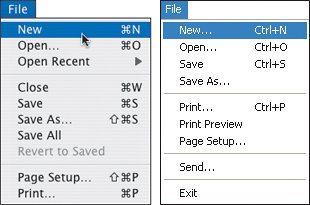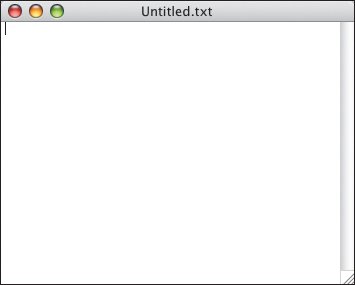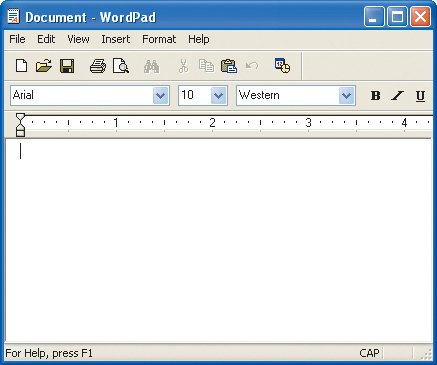Creating a New Web Page
| You don't need any special tools to create a Web page. You can use any word processor, even WordPad or TextEdit, which are included with the basic Windows and Macintosh system software. To create a new Web page:
Figure 2.3. On a Macintosh, you can use Text-Edit to write the (X)HTML code for your page. Figure 2.4. This is WordPad, one of the programs Windows users can use to create (X)HTML pages.
|
EAN: 2147483647
Pages: 340
- ERP Systems Impact on Organizations
- Enterprise Application Integration: New Solutions for a Solved Problem or a Challenging Research Field?
- Context Management of ERP Processes in Virtual Communities
- Data Mining for Business Process Reengineering
- Healthcare Information: From Administrative to Practice Databases



 Tips
Tips